DAZZLING, AUTHENTIC, CULTURAL AND EXCITING
No one dislikes Japan. It’s impossible. With authentically delicious cuisine, a deeply-rooted and beautifully rich culture, breathtaking landscapes, and incredibly caring locals, this is one country which definitely deserves a spot high-up on your travel bucket list. Our Ultimate Japan Itinerary covers ever corner of this beautiful country, packing everything you could possibly want to see into 19 busy days. Of course, if the non-stop travel life doesn’t appeal, we’ll happily adjust this itinerary to fit within your desires. Simply use this as a frame of reference and inspiration…
Tokyo, at a first glance, could be considered the perfect depiction of a modern, sprawling metropolis influenced by western cultures. Yet a closer inspection of any of the city’s sixty-two ward will reveal a very strong attachment to Japan’s unique roots and history. For its art scene, architecture, pop culture, entertainment or cuisine, Tokyo is an extraordinary place to understand how Japanese and western influence are mixing, bringing out the best of both worlds.
Hakone, a volcanic valley sometimes called the backyard of Tokyo, is known for its natural beauty in all seasons. The area is indeed full of charms- exceptional museums, famous hot springs, top-of-the-line ryokan experiences, gorgeous lakes, and glorious views of Mt. Fuji. This makes it a perfect spot for a quick rest after or before your adventures in the capital city.
Kyoto is where the heart of traditional Japan lies. The old capital survived as a centre of power for nearly a thousand years, leading to the construction of some of the most impressive gardens, temples and villas of Japan, 17 of which are now registered World Heritage Sites. From the preserved atmosphere of its old districts to modern shopping streets, Kyoto is the ideal place to visit innovative craftsmen and museums, and better understand the gap between old and modern Japan.
Read on to explore every inch of this itinerary in detail and contact our team on +44 1491 575 987 to let us know what you think!
TOUR DETAILS
- 19 days in Japan (plus travel time)
- 18 nights (plus travel time)
TOUR HIGHLIGHTS
- Furano lavender fields
- Tour of the Mashiko Pottery Centre
- Sample gyoza in Utsunomiya
- Nikko Toshogu Shrine
- Imperial Palace Plaza East Garden, Tokyo
- Traditional Japanese ryokan stays
- Nijo Castle, Kyoto
- Hakone Ropeway for a breathtaking view of Mt. Fuji
- The Hiroshima Peace Memorial Park
- Sumo tournament at Ryogoku Kokugikan Hall
ITINERARY IN BRIEF
- Fly from London to Tokyo and connect onto flight to Kushiro
- 1 night in Kushiro
- 1 night in Furano
- 1 night in Sapporo
- 1 night in Hakodate
- 1 night in Naruko
- 1 night in Tendo
- 1 night in Utsunomiya
- 2 nights in Tokyo
- 1 night in Hakone
- 3 nights in Takayama
- 2 nights in Kyoto
- 1 night in Hiroshima
- 2 final nights in Tokyo
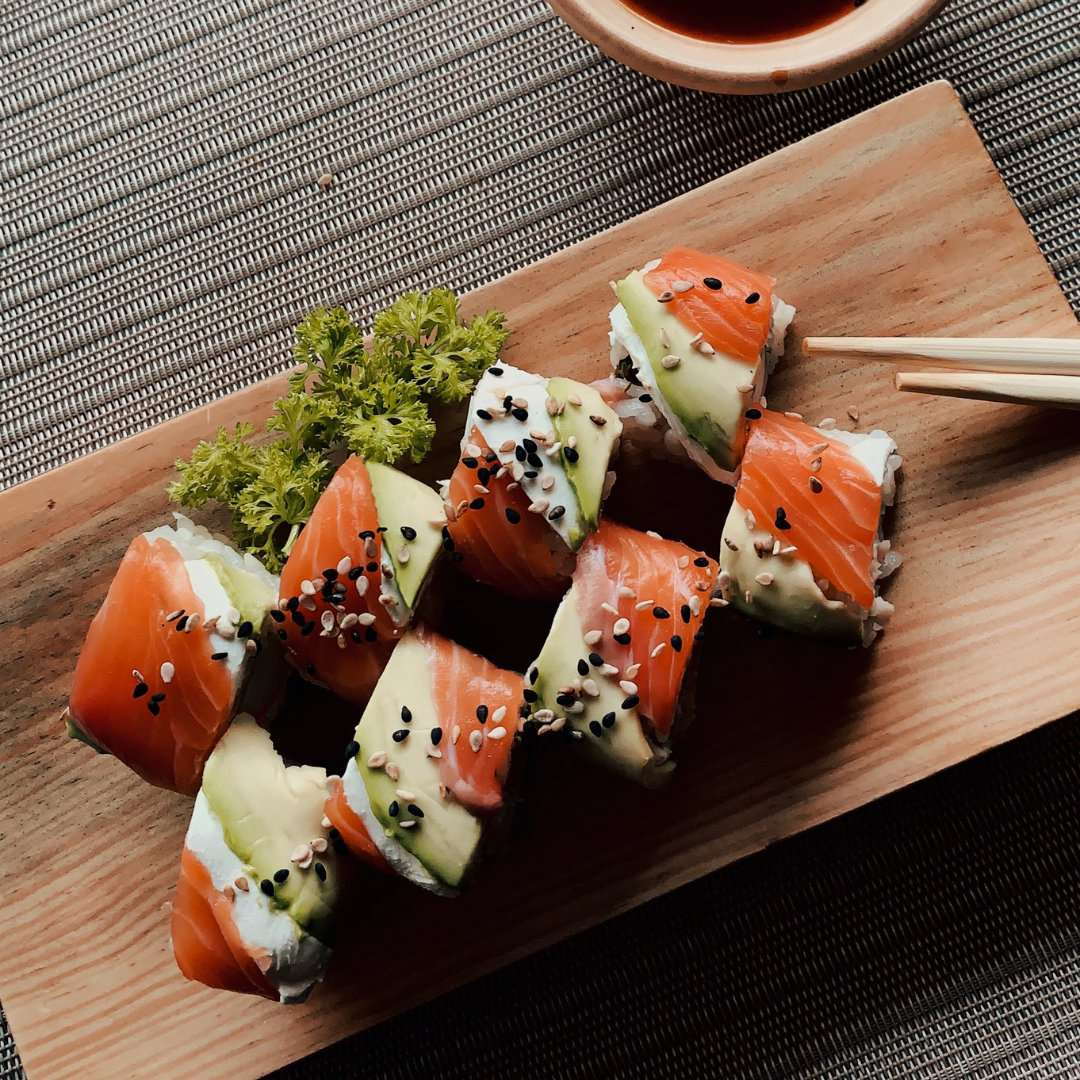
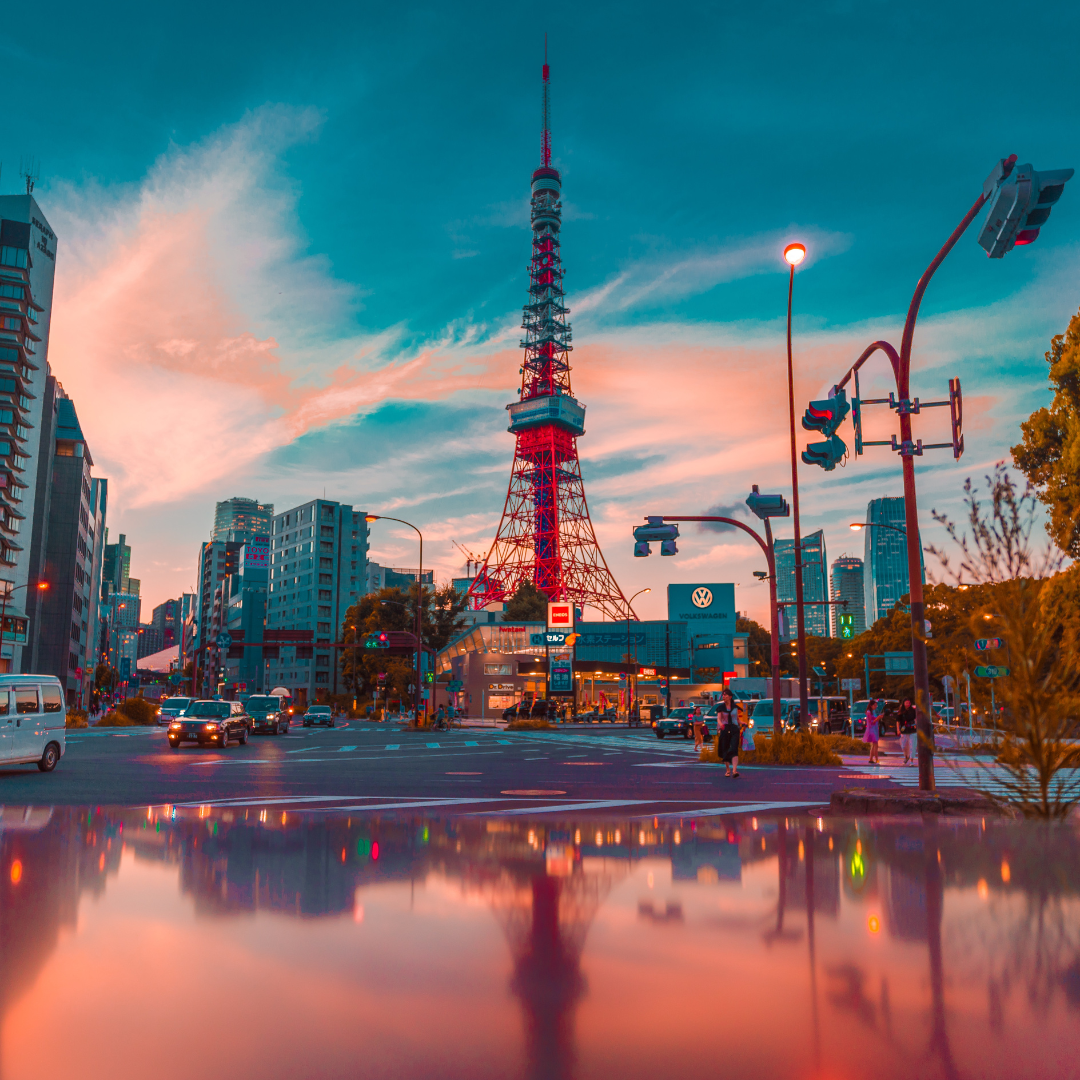
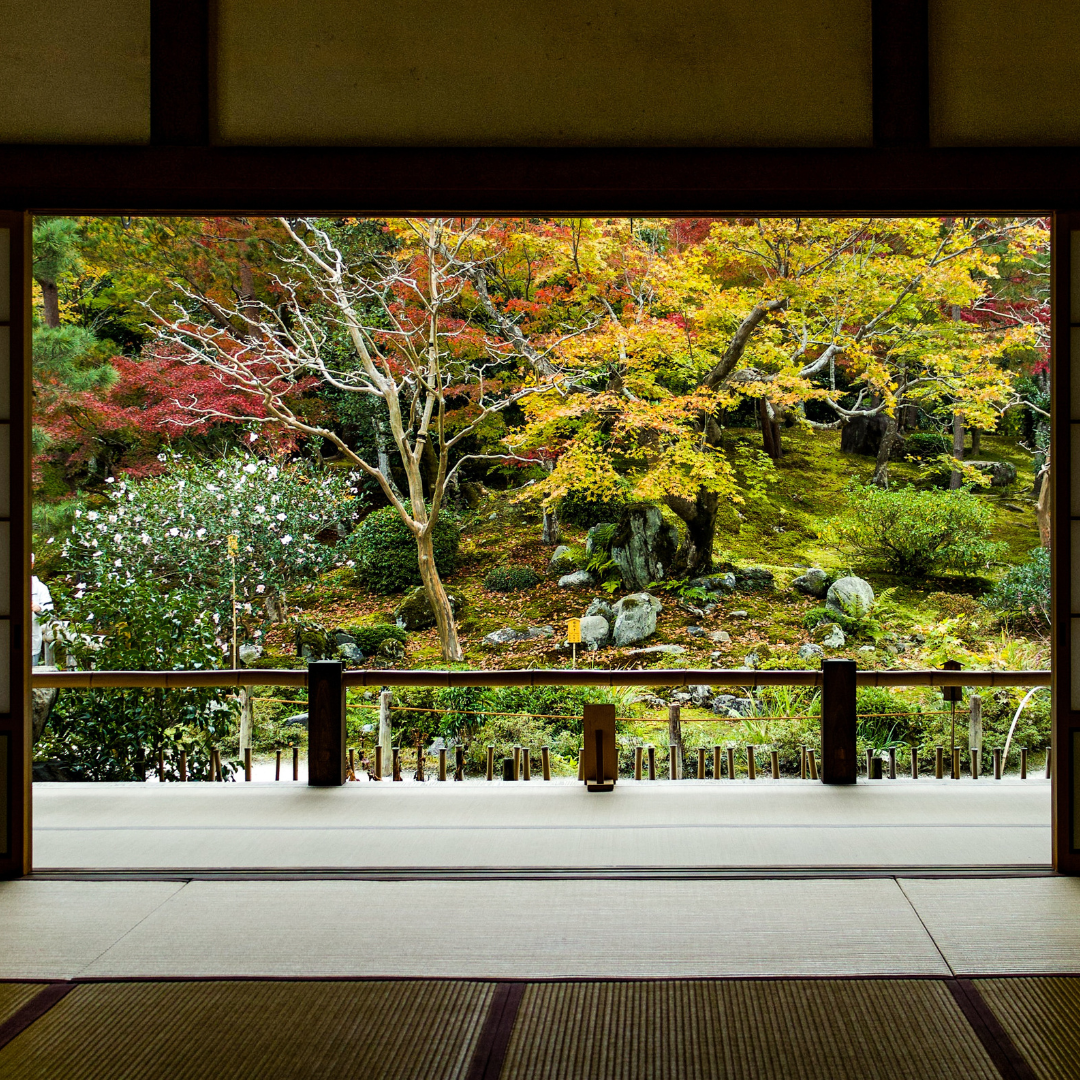
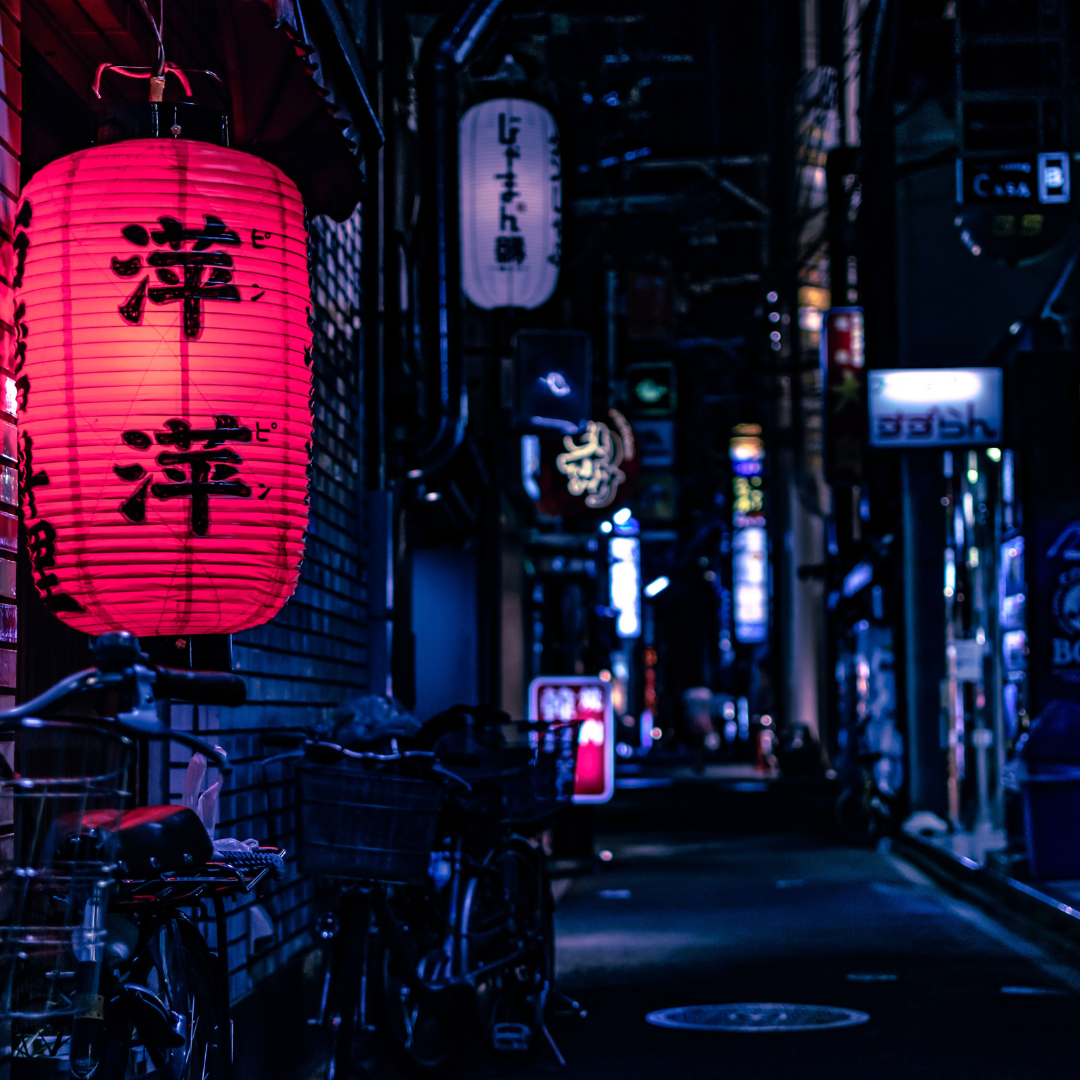
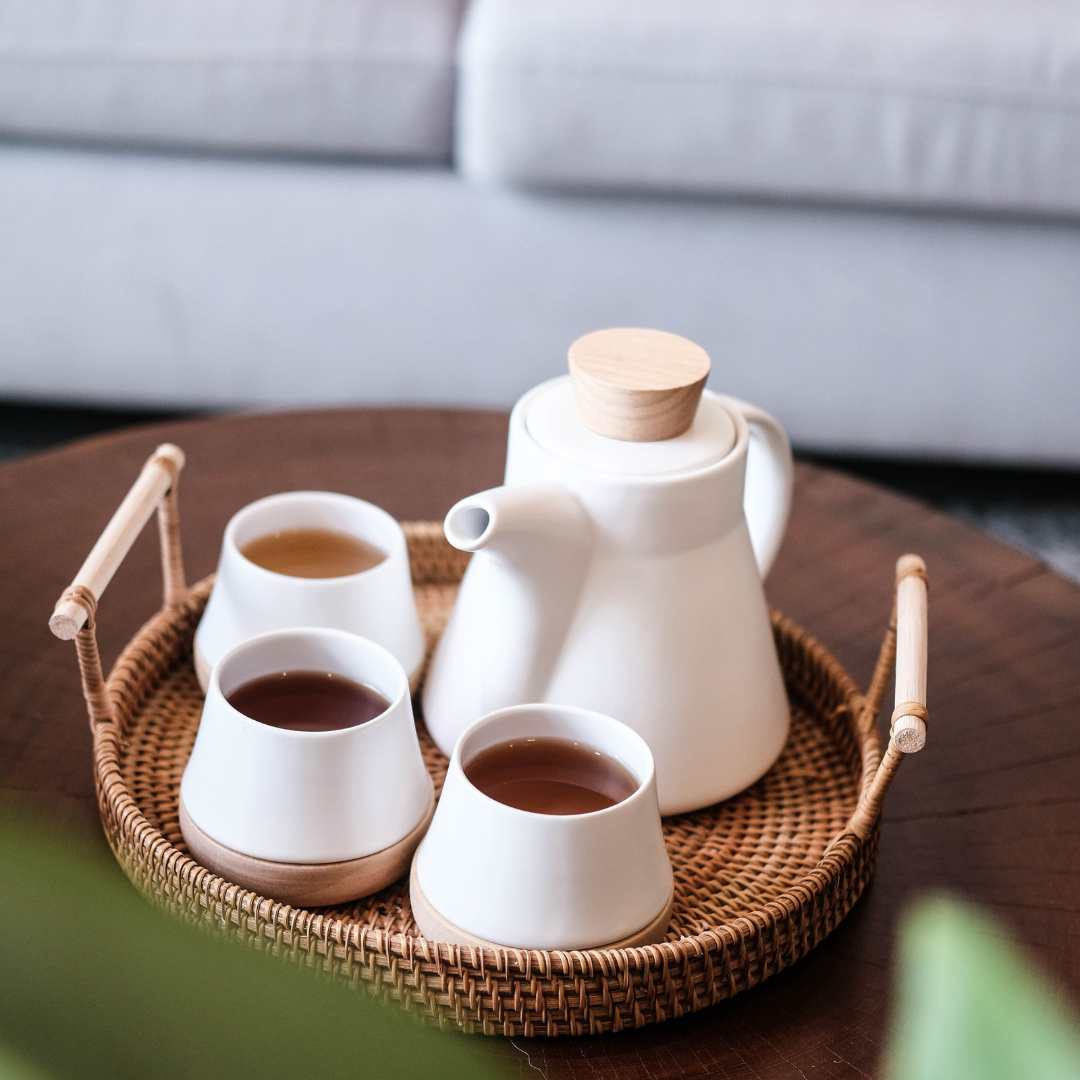
day one
Arrive in Tokyo and fly on to Kushiro
Upon arrival to Tokyo’s airport, our representative will be waiting to assist and escort you to check in for your flight to Kushiro.
You will be met on arrival in Kushiro and transferred by private car to your hotel to begin a sight seeing tour of the city.
Kushiro is a misty port town that exudes an aura of illusion. Kushiro’s wetland is Japan’s largest marshland it is well known as “the town of mist,” it is situated in the southeastern part of Hokkaido, facing the Pacific Ocean. Kushiro plays a leading role in the politics, economics and culture of eastern Hokkaido. The marine products industry of Kushiro has flourished since the early 20th century, and the long and narrow city centring on Kushiro Port still retains many features of the streets of the early 20th century port town. Takuboku Ishikawa, a famous poet and novelist, lived in Kushiro during those days, so there is also a literary atmosphere to the city. If you would like a gourmet meal or to enjoy some shopping, Kushiro Fishermen’s wharf is the place to go. This is a very popular place for both locals and visitors it is always lively and welcoming.
In the north of Kushiro is Japan’s largest marshland, Kushiro wetland, which stretches out over the majority of the Kushiro Plain. Kushiro wetland is listed as a national park. Kushiro Tancho Nature Park is known as the site of the first successful artificial breeding of tancho cranes (Japanese cranes), which are designated as special natural monuments. There are currently about 20 tancho cranes residing in the park which can be seen all year round.
Spend the night at the Kushiro Prince Hotel. Featuring 17th-floor restaurants with beautiful city and ocean views, Kushiro Prince Hotel is right next to the Kushiro City Office. Rooms include free broadband internet, city or ocean views and an en suite bathroom with bathtub. An electric kettle and fridge are provided. The on-site restaurant, Top of Kushiro, boasts views of city and sea, while Nishiki serves Chinese cuisine. A bar lounge and cafe are also available.
Overnight in Kushiro Prince Hotel
day TWO
Explore Kushiro & Furano
Following breakfast, transfer to the Kushiro Tanchozuru Crane Bird Sanctuary.
In the north of Kushiro is Japan’s largest marshland, Kushiro wetland, which stretches out over the majority of the Kushiro Plain. Kushiro wetland is listed as a national park. Kushiro Tancho Nature Park is known as the site of the first successful artificial breeding of tancho cranes (Japanese cranes), which are designated as special natural monuments. There are currently about 20 tancho cranes residing in the park which can be seen all year round.
Following this visit, your driver will then take you to Furano, which is noted for its stunning lavender fields with views of Mount Tokachi. Besides lavender, poppies, lilies and sunflowers also grow. The Furano Ropeway, one of the resort’s gondolas, provides panoramic views over the valley.
Spend one night at the Furano Prince Hotel, a resort hotel located in the heart of Hokkaido, amid a lush natural environment enclosed by spectacular mountains. The Furano provides diverse activities to enjoy throughout the year, with a skiing ground that has hosted a number of global tournaments, as well as a golf course designed by Arnold Palmer.
Overnight in Furano Prince Hotel
day three
Hot Air Balloon flight above Furano & Sapporo tour
Following breakfast in your hotel, take a breath-taking hot air balloon flight to enjoy the spectacular scenery that surrounds the town of Furano from the air.
Proceed to Sapporo for a fascinating city tour. Sapporo is a gastronomic destination and your guide can show you the different foods the city has to offer. There is a great seafood market that serves the freshest sashimi and sushi; there are sake makers and also the famous Sapporo beer company. You can also take a cable car to the summit of Mt Tengu. The City tour can be adjusted to your preferences.
Spend tonight at the JR Tower Hotel Nikko Sapporo, a celestial resort directly connected to the JR Sapporo Station, is the highest building – 173 m above ground – in Hokkaido. While offering the convenience of being directly connected to the JR Sapporo Station, the hotel provides guests with a comfortable stay at a “hotel of comfort and excitement” where guests can feel as relaxed as at a resort.
Overnight at the JR Tower Hotel Nikko Sapporo
day four
Hakodate
Following breakfast in your hotel, you will be transferred by private car to Hakodate. Once in Hakodate, you will visit Goryokaku a fort in the shape of a star – built to enable a larger number of gun placements and reduce the number of blind spots where a cannon could not fire.
In the evening, take a night tour to Mount Hakodate – a 334 metre high wooded mountain. The views of the city at night are said to be on of the best night views in Japan. The summit can be reached by car or cable car.
Spend tonight at La Vista Hakodate.
Just a 3-minute walk from the Kanemori Red Brick Warehouses and bay area, La Vista Hakodate features natural hot-spring baths and a healing spa. The art deco rooms are inspired by the Taisho period and all feature a coffee mill for guests to prepare and enjoy a cup of freshly ground coffee.
The hotel’s 6 types of hot spring baths are on the top floor, offering spectacular night views of Hakodate. Dry and wet saunas are also available.
Dining options include a Japanese buffet breakfast, fresh seafood and Tokachi beef at Restaurant Norte, and Chinese seafood dishes at Kai Foo Rou.
Overnight at La Vista Hakodate Bay
day five
Journey to Hiraizumi via bullet train
Breakfast at your hotel this morning is followed by a transfer to Shin-Hakodate Station. Depart by Hokkaido-Shinkansen (bullet train) to Ichinoseki, where you will be met and taken to Hiraizumi by private car.
The town of Hiraizumi is noted for its historic monuments and temples, which were added to the UNESCO World Heritage list in 2011. You will visit the temples of Chusonji and Motsuji. Following this visit you will continue your journey to Naruko Onsen a hot spring village located in the north of Miyagi Prefecture.
Spend the night at Naruko Hotel. Casual rooms in a modest hot spring hotel with buffet dining and karaoke, plus an elegant bathhouse.
Overnight at Naruko Hotel
day SIX
Mogami River Cruise & Tendo City
After breakfast at your hotel, you will be taken by private car to the Mogami River for a river cruise. The boat will take you through the wonderful scenery from gorges to beautiful cherry blossom (depending on the season). Quite often the captain will serenade you with traditional local songs.
Following disembarkation you will be met by your driver and transferred to Tendo City. Here you will experience the art of Japanese Chess (shogi) and the wonderful way each piece is drawn. The city of Tendo produces most of Japan’s total supply of these board games pieces.
Your hotel for the night is the Tendo Hotel, an inn that boasts spacious baths, distinctive kaiseki cuisine made with Yamagata’s local seasonal produce and a breakfast buffet featuring a wide selection of over 50 dishes.
Overnight at the Tendo Hotel, Yamagata
day seven
Tendo to Utsunomiya to Mathiko
Breakfast at the hotel.
Morning transfer to Tendo Station for your departure to Yamagata via local train, then change to the Shinkansen to complete your journey to Utsunomiya.
On arrival you will be collected by private car for your tour of the Mashiko Pottery Centre.
Mashiko is located in the southeastern part of Tochigi, which spreads across the northern reaches of the Kanto Plain. The town is known throughout Japan and the world as a production centre of pottery.
The origin of Mashiko ceramics can be traced to the middle of the 19th century when Keizaburo Otsuka found potter’s clay at Otsusawa and built a kiln to fire it. At the beginning of the 20th century, ceramist Shoji Hamada also built a kiln in Mashiko. The number of potters in Mashiko has been increasing ever since. At the centre you will enjoy exhibitions of works by Shoji Hamada as well as those of modern ceramists. There is a pottery studio on-site where you can try your hand at sculpting and painting pottery yourself. In Mashiko Sanko-kan, a museum celebrating the life and work of Hamada, you can see items ranging from his ceramic works, the kiln he used, the house he lived in, as well as works created by him and his associates.
Following the tour, a private car transfer will take you to your hotel in Utsunomiya. Utsunomiya is a town famous for the invention of the gyoza (dumplings) – you will find more than 30 restaurants that serve this world famous tasty food. During the evening find one of these restaurants to sample for yourself.
Overnight at the Daiwa Roynet Hote, Utsunomiya
day eight
Utsunomiya to Nikko to Tokyo
Following breakfast at your hotel, take a short stroll to the station to catch the local train to Nikko. You will be met in Nikko and taken by private car to the Nikko World Heritage Tour.
The magical shrine complex and beautiful natural scenery are waiting for you. The Nikko Toshogu Shrine was constructed in 1636 and decorated with more than 500 carvings; the ornate Yomeimon Gate is the best-known and most symbolic feature of Nikko Toshogu Shrine. There are beautiful Japanese gardens, 3 amazing waterfalls and wonderful places to have an authentic Japanese lunch.
After a full day, you will be transferred in the late afternoon to the station to take the local train back to Utsunomiya and transfer on to the Shinkansen to Tokyo.
You will be met by our guide and transferred to your hotel, the Mandarin Oriental, Tokyo. Mandarin Oriental’s visionary design and award-winning service have been recognised as the epitome of sophisticated luxury in the city. Superbly located in the prestigious financial district within the historical and cultural centre of Tokyo, the first Mandarin Oriental Hotel Group property in Japan embodies the best contemporary and time-honoured architectural splendour. The hotel features luxuriously appointed guest rooms and suites, ten restaurants and bars and an award-winning spa situated within the soaring, Cesar Pelli-designed Nihonbashi Mitsui Tower. The site offers spectacular views of the city skyline while providing access to stately banquet and conference facilities within the adjacent Mitsui Main Building, a Japanese cultural-heritage property.
Spend 2 x nights at the Mandarin Oriental, Tokyo
Find out more about the Mandarin Oriental, Tokyo
day nine
Explore Tokyo
Following breakfast, you will be met by our guide for a full day city tour of Tokyo.
Included in the tour are:
– Asakusa Senso-ji (Kannon) Temple
– Akihabara
– Imperial Palace Plaza East Garden
The Asakusa is part of Tokyo’s shitamachi, or old town. Asakusa is the city’s oldest Geisha district and also the home to Senso-ji (Kannon) Temple, Tokyo’s oldest Buddhist temple. The streets around Senso-ji feature many traditional shops that sell Japanese crafts and souvenirs and are a delight to wander through.
The Akihabara district of Tokyo is also know as ‘Electric Town’ it is a mecca of electronic and gadget stores, the Shibuya scramble crossroads is also nearby where 1,000’s of people cross the roads every few minutes in what seems to be military precision.
One of the most beautiful parts of the tour is the visit to the Imperial Palace Plaza East Garden; the number of visitors each day is restricted so these beautiful gardens never feel crowded. There is a spectacular woodland grove called Nimomaru, which has a pond and also the Suwano-Chaya teahouse. The gardens have many different types of plant and trees, including Japanese maple, bamboo, cherry trees and roses.
Return to your hotel.
Overnight at the Mandarin Oriental, Tokyo
day ten
Mount Fuji tour and Hakone
Today you will have a full day tour of Mount Fuji and Hakone by private transport and an English speaking guide.
Located less than 100 km from Tokyo, this hilly hot-spring town features both natural and cultural attractions. Popular as a onsen resort since the 19th century, Hakone makes an idyllic break from the mayhem of Tokyo. On clear days you can enjoy stunning views of Mount Fuji. You will also be take to the 5th Station of Mount Fuji where you come to the end of the road, this is the last point that cars can drive up the mountain. At 2305 metres this is where climbers procede along the trail to the summit, there is an observatory and and wonderful views down and up.
You will also take a cruise on Lake Ashi aboard a ‘pirate ship’ here if the mist and clouds allow you will get wonderful views of Mount Fuji and also the scenic beauty of the area surrounding the lake.
The Hakone Ropeway (cable car) provides another view of Mount Fuji and Also Lake Ashi it also travels over sulfuric hot springs. It is a circular trip of about 30 minutes.
Spend the night at the Gora Tensui in Hakone and have dinner at your hotel tonight.
Just 100 metres from Gora Train Station, the 4-star Gora Tensui boasts hot-spring baths with mountain views, traditional multi-course dinners and a cafe with a hot-spring foot bath.
You can experience a Japanese-style room, with futon beds on a tatami (woven-straw) floor, or sleep in Western beds. Most rooms have mountain views, and some include a private hot-spring bath. All are air-conditioned and equipped with free Wi-Fi, an LCD TV, a fridge, an electric kettle. The en suite bathroom comes with a shower, a high-tech toilet and free toiletries.
Overnight at the Gora Tensui in Hakone
Find out more about the Gora Tensui, Hakone
day eleven
Hakone to Odawara to Nagoya to Takayama
Following breakfast, you will be collected by car for your transfer to Odawara station. Take the Shinkansen train to Nagoya, where you will be met by our guide and then board the Wide View Hida train to Takayama.
On arrival, you will be taken by taxi to your hotel, the Wanosato Japanese Inn. Relax and have dinner at the hotel tonight.
Wanosato offers luxurious Japanese-style ryokan stay in a 160-year-old quaint Gassho-zukuri thatched-roof house, nestled in the tranquil woods. It features a bedrock and a cypress public hot spring bath, where guests can unwind with mountain views. The property is a 20-minute complimentary shuttle ride from JR Takayama Station. Free WiFi is available in all rooms and lobby area.
Fitted with a relaxing ambience, tatami (woven-straw) flooring and futon bedding, each room comes with a flat-screen TV and a fridge. The private bathroom has a bathtub, free toiletries and a hairdryer. All rooms are non-smoking rooms and feature a view of the nearby river.
Overnight at the Wanosato in Takayama
day twelve
Takayama
After breakfast, meet up with the guide at the accommodation for a guided day in Takayama. Start by strolling around Takayama’s old town, visiting one of its many sake breweries for a taste of the local drop, its high quality due to the area’s clean water sources.
While in the old town, head to Kusakabe Heritage House, an old merchant’s home open to the public. The house is a testimony of the past importance of this city as a commercial gateway between the two sides of Japan.
Continue by reaching Miyagawa Morning Market, where locals come to sell crafts and produce. This is also a good opportunity to try some of the region’s delicious fruit and vegetables!
After a short ride from the market discover the Takayama Festival Floats Museum, which displays the beautiful floats that parade during the famous Takayama Festival. The museum is a bit separated from all the other main sightseeing spots in Takayama but it sure is worth the visit.
Make your way to the second of your hotels in Takayama another traditional Japanese inn known as ryokan, they are furnished with low tables and chairs, sliding shoji doors, and tatami flooring.
The restaurant in the hotels serves wonderful food and dinner is included this evening.
Spend 2 x nights at the Hidatei Hanaougi in Takayama
day thirteen
Takayama to Shirakawago
Following breakfast you will transfer to the local bus terminal with an English speaking guide and board a local bus to the region of Shirakawago.
The Shirakawa-go and neighbouring Gokayama regions line the Shogawa River Valley in the remote mountains that span from Gifu to Toyama Prefectures. Declared a UNESCO world heritage site in 1995, they are famous for their traditional gassho-zukuri farmhouses, some of which are more than 250 years old.
Gassho-zukuri means “constructed like hands in prayer”, as the farmhouses’ steep thatched roofs resemble the hands of Buddhist monks pressed together in prayer. The architectural style developed over many generations and is also designed to withstand the large amounts of heavy snow that falls in the region during winter. The roofs, made without nails, provided a large attic space used for cultivating silkworms.
Late in the afternoon, take a local bus back to Takayama where a free shuttle bus will take you back to your hotel. Enjoy a relaxed dinner at your hotel tonight.
Overnight at the Hidatei Hanaougi in Takayama
day fourteen
Journey to Kyoto
Following breakfast at your hotel, join your English-speaking guide for the journey to Takayama station, stopping at the local morning market for a little bit of shopping.
Board the Wide View Hida and proceed to Nagoya. On arrival at Nagoya, a guide will assist you with your transfer onto the Shinkansen and onward travel to Kyoto.
You will be transferred to your hotel by private car.
If you visit in May, you’ll catch the annual Komogawa Odori, Geisha dance this evening. The performance was founded in 1872, as a part of efforts to revive the city’s economy after the capital of Japan moved to Tokyo in 1868. The dance is held in the historic Pontocho Kaburenjo Theatre, a theatre built specifically for the event with a side stage that serves to partially surround the audience. The dance performance often uses historical stories, and in some cases Geisha and Maiko play male parts such as Samurai. The performance lasts for about 1 hour 15 minutes.
A lush grove of bamboo marks the entrance to Hyatt Regency Kyoto in Higashiyama Shichijo, a leafy district suffused with the elegance of the old capital. The team of expert concierges carefully curates tours and programs that offer insight into Japanese culture, meeting the needs of business and leisure travellers alike.
Spend 2 x nights at the Hyatt Regency Kyoto
day fifteen
Explore Kyoto
Following breakfast in your hotel you have today a full day tour of Kyoto with an English-speaking guide and private transport.
Kyoto, the former Imperial Capital of Japan, is also called the “City of Ten Thousand Shrines” for having more than 2,000 Shinto and Buddhist synagogues. Aside from these, the city also has a castle, a couple of museums, and a number of gardens and parks.
You will go to Nijo Castle, one of the few remaining original castles in Japan known for its Momoyama architecture and ornamental interior design. It was completed in 1603 and served as the Kyoto residence of the founder of the Edo Shogunate. Aside from the antique wall paintings and decorative sliding doors, the castle also offers three beautiful gardens accessible to its guests.
Next is Kinkaku-ji, the famed Golden Pavilion of Japan. It originally served as the villa of an affluent statesman until it was acquired in the late 1390s by Shogun Yoshimitsu Ashikaga who transformed it into a temple complex. After he passed away, his son converted the complex into a Zen temple as a way of granting his last wish. The present structure only dates back to 1955, the year it was rebuilt after a despondent monk set the temple on fire in an attempt to take his own life.
Then you will visit Ryoan-ji, the temple located on the north-western part of Kyoto well-known for its rock garden. It was founded in 1450 by Katsumoto Hosokawa, a deputy of the Shogun, but the artist behind the garden still remains a mystery. The rock garden is a 248sqm rectangular dry land filled with pebbles and fifteen moss-covered stones. The stones were arranged in a way that all fifteen cannot be viewed from one point. They say that one must achieve a certain level of enlightenment to be able to see all of them at once.
The last visit of the day will be Kiyomizudera (literally “Pure Water Temple”) it is one of the most celebrated temples of Japan. It was founded in 780 on the site of the Otowa Waterfall in the wooded hills east of Kyoto, and derives its name from the fall’s pure waters. The temple was originally associated with the Hosso sect, one of the oldest schools within Japanese Buddhism, but formed its own Kita Hosso sect in 1965. In 1994, the temple was added to the list of UNESCO world heritage sites.
You will then return to your hotel. Your evening is free so perhaps you would like to sample one of the many Japanese restaurants in Kyoto.
Overnight at the Hyatt Regency Kyoto
day sixteen
Kyoto to Hiroshima
Following breakfast, you will be taken to the station for your Shinkansen train to Hiroshima. You will be met at the station to commence your Miyajima visit.
One of the most scenic spots in Japan it has long since been regarded as an Island of the gods on the beautiful Seto Inland Sea. It is a romantic and historical island where the Itsukushima Shrine, World Heritage site, is located along with other preserved shrines, temples and historical monuments.
There are also unique foods and local handicraft available at the shops along the entrance path.
Following the visit you will be taken to your hotel you are free to dine at the hotel or one of the local restaurants.
Spend 1 x night at the Sheraton Grand Hiroshima Hotel
day seventeen
Hiroshima
Following breakfast at the hotel, your guide will take you by private transfer to the Peace Memorial Park and Museum
The Hiroshima Peace Memorial Park. The area where the park now lies used to be ground zero after the bombing in 1945. The Memorial Park was built as a commemoration for those who lost their lives in the attack.
Following the guide, stroll through the park and pass by Genbaku Dome (A-Bomb Dome), the ruins of the former Industrial Promotion Hall of Hiroshima and one of the very few World Heritage Sites that remind us of the negative effects of war. Continue onwards and stop by the Children’s Peace Monument, where the guide will not just share the story behind it and the thousands of paper cranes there but will also teach how to make a paper crane.
Final stop for the day will be at the Peace Memorial Museum, which is divided into two sections. The East Wing shows the history of Hiroshima before the bombing, the lives of the people during WWII, and the efforts of Japan to promote international peace. The West Wing, on the other hand, exhibits a more moving collection of articles, from the personal belongings left by the victims to the displays of the damages caused by the bombing.
Time: Duration (guided tour): 4hrs
Following the visit, you will be taken to the station and travel by Shinkansen to Tokyo, where you will be met by your guide and transferred to your hotel. The rest of the day and evening is free for you to enjoy Tokyo.
Spend 2 x nights at the Mandarin Oriental, Tokyo
https://www.mandarinoriental.com/en/tokyo/nihonbashi
day eighteen
Visit Kamakura & Sumo tournament
Following breakfast at your hotel you will be taken, by your guide, to Tokyo station to catch a local train to Kamakura.
Kamakura is a seaside Japanese city just south of Tokyo. The political centre of medieval Japan, modern-day Kamakura is a prominent resort town with dozens of Buddhist Zen temples and Shinto shrines. Its most recognisable landmark is the Kotoku-in Temple’s Great Buddha, a roughly 13m-high bronze statue still standing after a 15th-century tsunami. Sometimes called the Kyoto of Eastern Japan, you will see numerous temples, shrines and other historical monuments.
Return to Tokyo. After a quick change, you will be taken to Ryogoku Kokugikan Hall by private transfer to see a Sumo tournament. Sumo wrestling is a competitive full contact sport where a rikishi attempts to force another wrestler from the circular ring or into touching the floor with any part of his body other than the soles of his feet. There are many rituals involved with religious backgrounds such as the symbolic purification of the ring with salt. Only 3 tournaments take place each year in Tokyo: January, May & September.
You will be transferred back to your hotel following the end of the tournament.
Overnight at the Mandarin Oriental, Tokyo
day nineteen
Sayonara
The itinerary will be tailored to suit your flight schedule.
Begin your travels home and wave goodbye to the Land of the Rising Sun.
